This year is a leap year, which means today is leap day! I will be explaining why this happens and some special conditions below in the AON. Plus, there is a new feature this week—elongation! Be sure to check it out below.
- February 29: It's leap day! February usually has 28 days. The normal year has 365 days, but the tropical year technically has 365.24219 days. So, every four years, another day is added in. But since the actual year isn't exactly 365.25 days, there will be no leap year in the years 2100, 2200 or 2300.
- March 1: Moon at most northern declination.
- March 2: Lunar occultation of Tauri (horn tips of Taurus).
- March 3: Mars at opposition. Mars is also really close to Earth, which makes this the ideal time to view Mars—be sure to!
- March 4: Mercury-Uranus conjunction.
- March 5: Mercury at greatest elongation (18 degrees West of Sun).

Below I have defined some of the events I will be notifying you about over the course of this repeating feature.
- Transit—When an astronomical object passes in front of another, like one of Jupiter's moons passing in front of Jupiter.
- Occultation—When one object is hidden by another object that passes between it and the observer.
- Moon Phases—It can be fun observing different phases of the moon. These are what fraction of the moon is dark. It is also fun observing the dark side.
- Conjunctions—Two (or more) bright objects in one field of view! This is when two or more astronomical objects are relatively close. Sometimes it is cool to see planets or bright stars pass by or behind the moon.
- Apogee or Perigee—This is when the moon is closest or furthest away from Earth. Not really for observing, but it can be interesting to view the moon when it is large and small.
- Meteor Showers—Easily observed by the naked eye or by binoculars.
- Comets—Not very often do these come around, but are amazing to watch.
- Lunar and Solar Eclipses—Mainly these are lunar eclipses, but if you get to see a solar eclipse you are very lucky! This is when an astronomical object passes into a shadow of another. This could be Jupiter's moons passing into its shadow, or vice versa.
- Solstices—This is when the Earth wobbles, or from Earth this is how the northernmost or southernmost point the sun is at. There are two each year. This is mainly for information.
- Equinoxes—This is when the earth is in the middle of its southernmost and northernmost position and it is equal. Again, this is mainly for knowledge.
- Declination of Moon—This is when the moon's path around the Earth is slightly tilted up or down. The declination is the furthest up or down it will go.
- Elongations— Elongation is the angle of a planet and the Sun.
There may be more to come. When these are included, I will explain what they are.
Just updated your iPhone? You'll find new emoji, enhanced security, podcast transcripts, Apple Cash virtual numbers, and other useful features. There are even new additions hidden within Safari. Find out what's new and changed on your iPhone with the iOS 17.4 update.







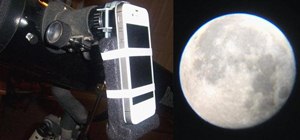
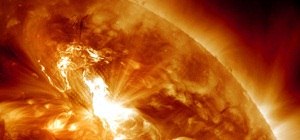


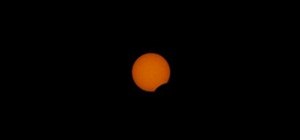
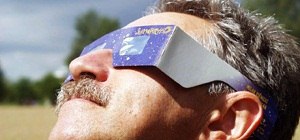



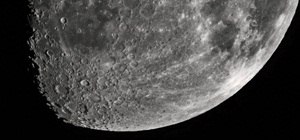
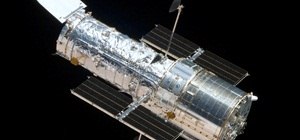


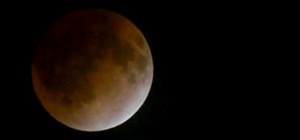

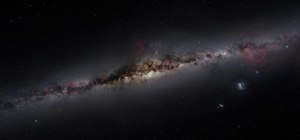

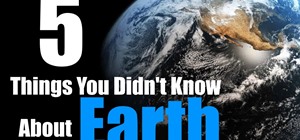
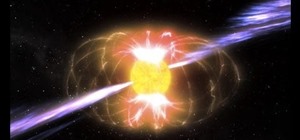
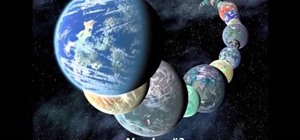
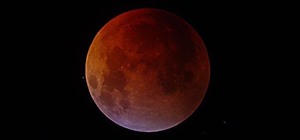

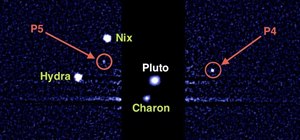
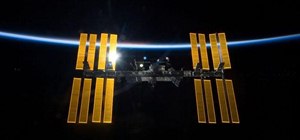


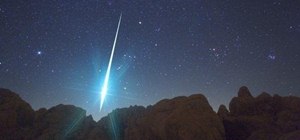



Be the First to Comment
Share Your Thoughts